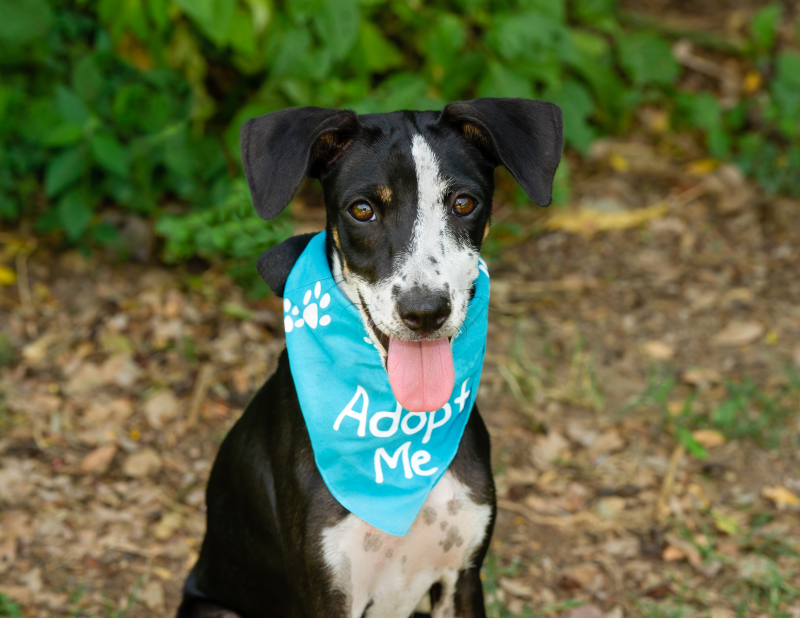Every rescue dog comes with a past—and while that past can sometimes be painful or uncertain, what lies ahead is where the real magic happens. For many of these dogs, rehabilitation isn’t just about food and shelter. It’s about structure, routine, patience, and love. That’s where pet care facilities come in.
From groomers and trainers to daycare and boarding teams, pet care professionals play a quiet but powerful role in helping rescue dogs adjust to life in their new homes. Whether you realize it or not, your facility might be the first safe and structured environment a dog has ever experienced—and that can make all the difference.
Rescue Dogs Need More Than a Home
Adopting a rescue dog is just the first step. The journey to becoming a confident, relaxed, and well-adjusted companion can take weeks, months, or even longer. Many rescue dogs need time to:
- Build trust with humans
- Learn basic obedience and routines
- Become comfortable in social settings
- Overcome fears from past trauma or neglect
While adopters work on these things at home, pet care facilities offer unique support in ways that are hard to replicate elsewhere.
How Your Facility Can Help
Here are a few ways pet care businesses—and those using kennel software to streamline their operations—can support the rehabilitation of rescue dogs, whether directly or behind the scenes.
1. Creating a Calm, Predictable Environment
For dogs coming out of chaotic or stressful situations, stability is healing. Your facility’s routines—scheduled walks, feeding times, and consistent interactions—help rescue dogs feel secure and learn what to expect from the world around them.
Your staff can reinforce calm behaviors, gently introduce new experiences, and slowly desensitize dogs to common triggers, such as leashes, crates, or grooming tools.
2. Supporting Socialization—Safely
Many rescue dogs have had limited positive experiences with other dogs or people. Carefully supervised daycare programs or small group play sessions offer a safe space to learn dog-to-dog manners and build social confidence.
Of course, the key word here is safe. Skilled staff can monitor body language, identify stress signals early, and provide breaks when needed. This helps prevent overwhelming and encourages positive associations.
3. Offering Training or Behavior Support
If your facility offers training services, you’re in a great position to help rescue dogs learn the basics—and give their humans the tools to reinforce them at home. Using kennel software to track training progress or behavior notes makes it easier for your team to stay aligned and consistent in their approach.
Some facilities partner with professional trainers who specialize in fear-based behaviors, which can be especially valuable for recently adopted dogs still working through their adjustment period.
Learn how pet care facilities can support dog training goals.
4. Gentle Grooming Experiences
For dogs who have never been groomed—or worse, have negative associations with grooming—your grooming team can help change that story. Quiet spaces, slow introductions to tools, and gentle handling can turn a scary experience into a positive one.
The impact of a stress-free grooming session for a rescue dog can’t be overstated builds trust and often helps dogs feel physically and emotionally better, too.
5. Being a Bridge Between Adopters and Resources
Your facility can be a go-to source of advice and referrals for new pet parents. Whether it’s recommending a trainer, explaining body language signals, or just reassuring a nervous owner that progress takes time, your guidance can make the process less overwhelming.
You might even consider putting together a simple handout or blog post with tips specifically for new rescue dog parents—it’s a small touch that shows your business understands their unique journey.
Your Role Matters—More Than You Know
Rescue dogs don’t just need a place to stay. They need support, structure, and kindness. Pet care facilities, boarding centers, daycares, groomers, and trainers alike—have a real chance to help these dogs thrive.
So, this National Rescue Dog Day, take a moment to reflect on the role your business plays in giving dogs a second chance. Whether you offer discounted services for adopters, work with local shelters, or simply create a warm and safe space for all dogs, you’re part of the story that helps them heal.
And honestly? That’s something to be proud of.




